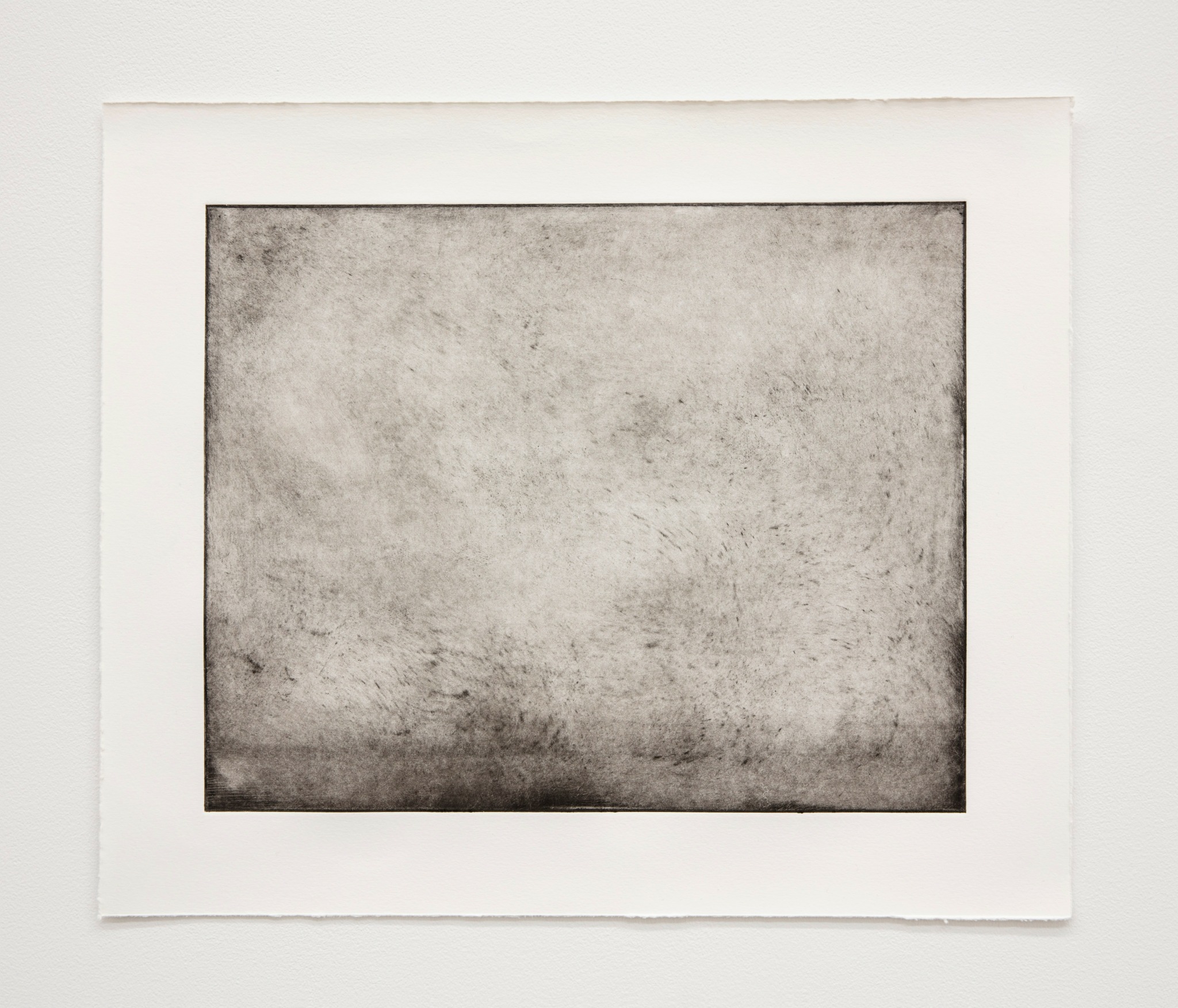Alright – so today we’ve got the honor of introducing you to Can Yağız. We think you’ll enjoy our conversation, we’ve shared it below.
Can, thanks for joining us, excited to have you contributing your stories and insights. Learning the craft is often a unique journey from every creative – we’d love to hear about your journey and if knowing what you know now, you would have done anything differently to speed up the learning process.
I only learned how to print recently. Before attending the Yale School of Art, where I went for my Master’s in Painting and Printmaking in 2023, I had never worked with large printing presses. While the craft itself and its technicalities are new to me, I’ve realized that the way I worked already used some of the principles of printmaking. I just kept diving deeper and deeper into printmaking and I don’t think I will hit the seafloor anytime soon.
I’ve always gravitated toward mundane, repetitive tasks. Prints naturally have that kind of rhythm, to see what repetition offers until exhaustion. Another theme I keep coming back to is boredom, or fatigue in every sense of the word. It’s really interesting how repetition doesn’t necessarily amplify an image, but instead it often quiets it, quiet enough that now I look at its dismissible differences.

Great, appreciate you sharing that with us. Before we ask you to share more of your insights, can you take a moment to introduce yourself and how you got to where you are today to our readers.
I have an endearment towards the discarded, working with materials like crumpled paper, wrappers, or single-use items like tissues and receipts to anything that could be thought of debris that collects around oneself. I find it makes it easier to talk about topics of selfhood, and decay, instead of looking at myself. These often start by noticing small moments and then taking these moments to enlarge them in the studio, so I could share them. It’s less about creating something entirely new and more about walking in on an idea, sitting with it, and then give myself the time for it to develop.
Something I have done recently that excites me is that my prints are becoming less about making images and more about transferring gestures to another surface. And these gestures tend to turn into performances.

Can you share a story from your journey that illustrates your resilience?
Resilience, for me, is to keep looking for continuity even when things gets fragmented. My work often reflects this through its focus on memory, material, and time. I’m drawn to the physical especially to marks and textures that suggest what came before. I hold onto those moments as they remind us that time moves forward, even when we feel stuck in a loop.

What’s a lesson you had to unlearn and what’s the backstory?
I used to focus heavily on the particularity of experiences, which made it difficult to connect. It’s easy to fall into a mindset where you think, “How could you understand, you weren’t there”.
Someone I look up to told me to think memories in terms of tropes, that’s not to dismiss the memories but to remember that there are through lines in our experiences with others, taken in different shapes and forms. Now I try to see differences as avenues for connection rather than as barriers.
Contact Info:
- Website: https://cyagiz.com/
- Instagram: https://www.instagram.com/psst.huh/




Image Credits
Images courtesy of Can Yağız


